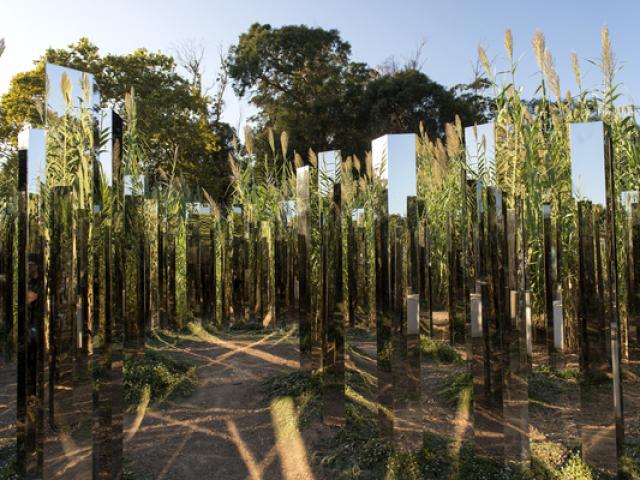Carmignac Foundation
Where art blends with nature
Designed to enhance the varied and luxuriant natural scenery of the Port-Cros and Porquerolles National Park, the grounds of Villa Carmignac are the work of landscape designer Louis Benech. “The garden was designed as a ‘non-garden'”, he explains. “A natural site where we strived to generate balance through subtraction and protection rather than addition.” Here, rock rose, lavender and olive trees rub shoulders with exotic and rare plants such as needle-leaved broom and wild orchids. Around 15 sculptures are unveiled as you stroll around this gorgeous garden, all instilled with the spirit of the site: to create them, various artists from the world over came to immerse themselves in the atmosphere of Villa Carmignac. Sleek, sober and powerful all at once… Take a look for example at Danish artist Jeppe Hein‘s, “Path of Emotion”, a game of mirrors reflecting every aspect of nature’s beauty. Or “La Couvée”, a series of giant marble eggs on the verge of hatching created by German artist Nils-Udo, symbolizing the perpetual rebirth of nature.







